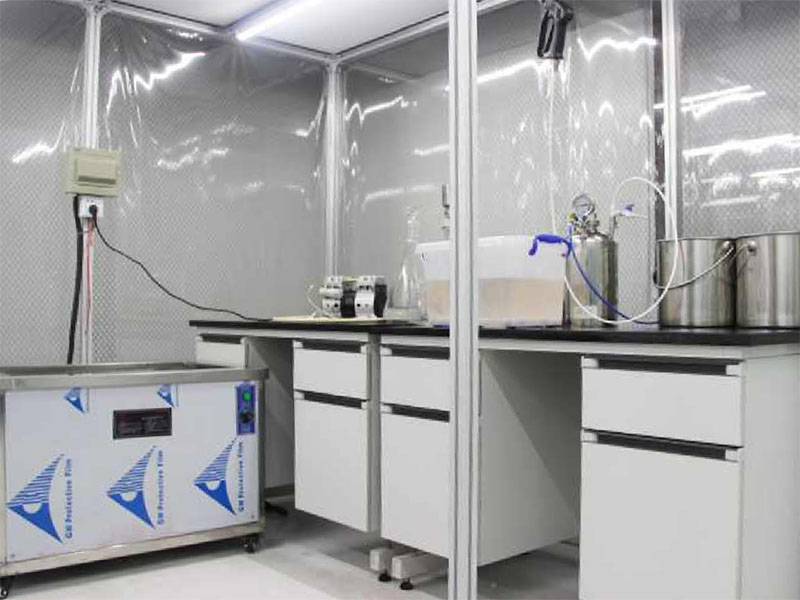




























Cleanliness refers to the degree of contamination of specific areas of parts, assemblies, or complete machines by impurities. It is expressed by the mass, size, and quantity of contaminant particles collected from specified characteristic locations using prescribed methods.

| Project Overview
Cleanliness refers to the degree of contamination of specific areas of parts, assemblies, or complete machines by impurities. It is expressed by the mass, size, and quantity of contaminant particles collected from specified characteristic locations using prescribed methods. “Specified locations” refer to characteristic areas that directly affect the reliability of the product. “Impurities” include all contaminants that remain from the processes of product design, manufacturing, transportation, usage, and maintenance, as well as those introduced externally or generated within the system itself.
| Testing Objective
The objective of ensuring cleanliness is to guarantee that the product achieves its intended service life, preventing premature failure during manufacturing, operation, or maintenance due to contamination. By conducting cleanliness testing and establishing strict limits, the damage caused by particulate wear can be significantly reduced, thereby extending the overall service life and reliability of equipment. This process minimizes risks such as filter element clogging, reduced circuit flow, abnormal wear of sealing materials and diaphragms, unreliable operation due to heavy scale buildup, as well as malfunctions or burnout of solenoid valves. Hence, cleanliness control holds particularly critical significance.
| Industry Sectors
Primarily automotive components, aircraft engines, and electronic product assemblies.
| Testing Standards
ISO 16232, VDA 19, PV 3370, and others.
| Testing Item
1. Particulate Cleanliness Testing for Components
2. Analysis of Contaminant Particle Size Distribution
3. Contaminant Composition Analysis
| Testing Method
Using methods such as pressure rinsing and ultrasonic cleaning, contaminants are first extracted into a designated liquid. The liquid is then filtered to collect impurities on a membrane, followed by drying and weighing. Particle size is measured under a microscope, or composition analysis is performed using SEM combined with EDS.
|
|
|
|
Typical Contaminant Particle Images (metal, non-metal, fiber). |
|
|
|
|
|
Electron Microscopy Observation and Energy-Dispersive Spectroscopy (EDS) Composition Analysis |
|
| Cleanliness Laboratory Setup
|
|
|
|
Air Shower Room: Personnel shall first pass through this air shower before entering the laboratory, to prevent the introduction of external contaminants |
Class-100 Clean Booth: All testing operations are carried out within the clean booth, to ensure testing accuracy |
|
|
|
|
Cleaning Room: For pressurized rinsing, ultrasonic cleaning, and related procedures |
Observation and Analysis Room: For microscopic observation, dimensional measurement, and related analyses |